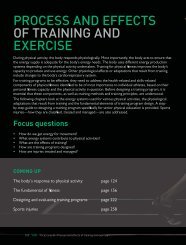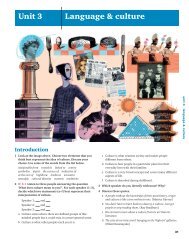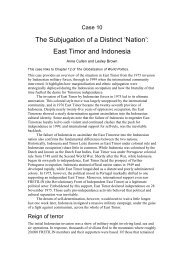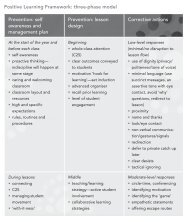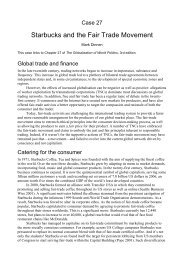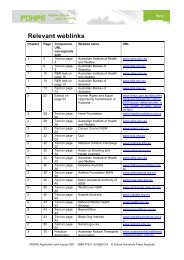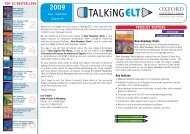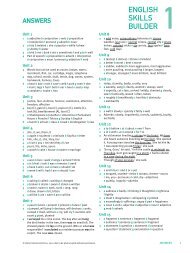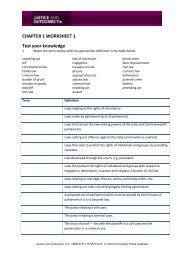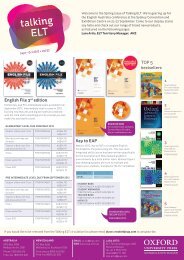2 Chapter 6 ⢠organising elements Organising elements
2 Chapter 6 ⢠organising elements Organising elements
2 Chapter 6 ⢠organising elements Organising elements
Create successful ePaper yourself
Turn your PDF publications into a flip-book with our unique Google optimized e-Paper software.
22<br />
EXPERIMENT 6.2<br />
Conductivity of ionic compounds<br />
Aim<br />
To investigate the electrical conductivity of<br />
a number of ionic compounds as a solid and<br />
in aqueous solution.<br />
Equipment<br />
Large sodium chloride crystals<br />
Large potassium bromide crystals<br />
Coarse sea salt crystals<br />
One small Petri dish<br />
3-V battery or other 3-V DC power source<br />
Ammeter<br />
Wires<br />
Alligator clips<br />
Two graphite electrodes<br />
Three 100-mL beakers<br />
Large spatula<br />
Glass stirring rod<br />
Paper towel<br />
Method<br />
1 Set up the electrical circuit as shown in<br />
Figure 6.31. Have your teacher check that<br />
it is correct before proceeding. Ensure<br />
that you know how to use the ammeter<br />
and its scales correctly.<br />
2 Using the spatula, place the largest<br />
sodium chloride crystal onto a Petri dish,<br />
then touch each end with an electrode,<br />
making sure that the two electrodes do<br />
not touch each other. Does the crystal<br />
conduct electricity? If it doesn’t appear<br />
to, connect the wire to the more sensitive<br />
scale on the ammeter. Does a reading<br />
register now? Record your result.<br />
3 Now place several sodium chloride<br />
crystals into a beaker, half-fill the beaker<br />
with water and then stir.<br />
4 Place the electrodes into this solution,<br />
again ensuring they do not touch<br />
each other. Does the solution conduct<br />
electricity? If it doesn’t appear to, connect<br />
the wire to the more sensitive scale on the<br />
ammeter. Does a reading register now?<br />
Record your result.<br />
<strong>Chapter</strong> 6 • <strong>organising</strong> <strong>elements</strong><br />
5 Rinse the electrodes with fresh tap water, then dry<br />
them with a paper towel.<br />
6 Repeat steps 1–5 for the potassium bromide<br />
crystals.<br />
7 Repeat steps 1-5 for the coarse sea salt crystals.<br />
Results<br />
Devise a simple table or spreadsheet in which to record<br />
your results.<br />
Discussion<br />
1 Sea salt is a mixture of different ionic compounds,<br />
including sodium chloride. What can you conclude<br />
about the ability of solid ionic compounds to<br />
conduct electricity, whether they are pure or mixed<br />
up together?<br />
2 What effect does dissolving an ionic compound in<br />
water have on its ability to conduct electricity?<br />
3 To conduct electricity, a substance must have<br />
charged particles that can move about. Suggest an<br />
explanation for your findings.<br />
4 The melting point of sodium chloride is 801°C, so<br />
it is not practical to melt it in the school laboratory.<br />
Predict whether molten sodium chloride would<br />
conduct electricity and justify your answer.<br />
Fig 6.31 Experiment set up.<br />
UNCORRECTED PAGE PROOFS<br />
CAS_SB10_TXT_06_1pp.indd 22<br />
11/11/11 4:58 PM



